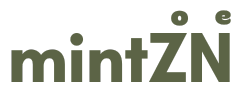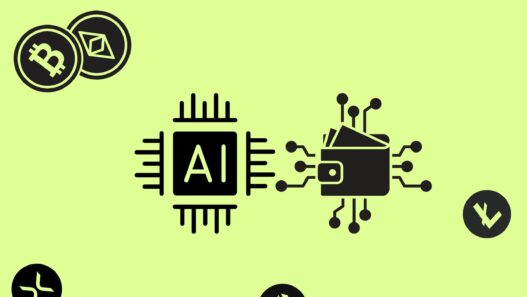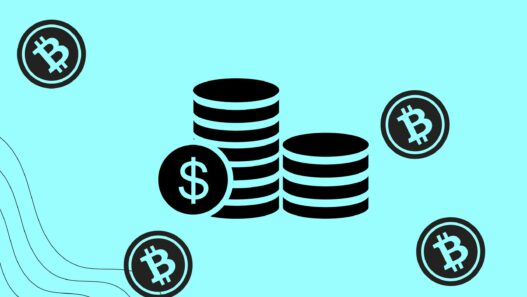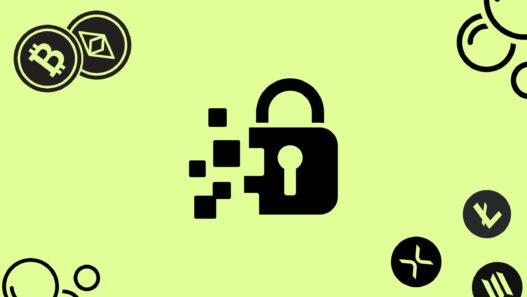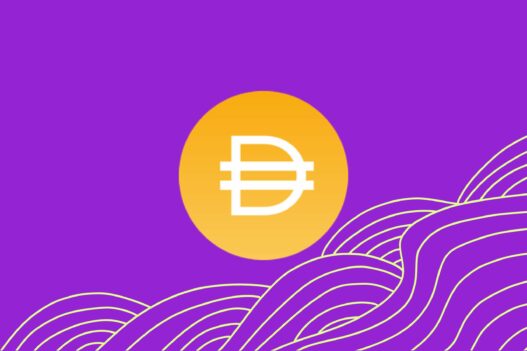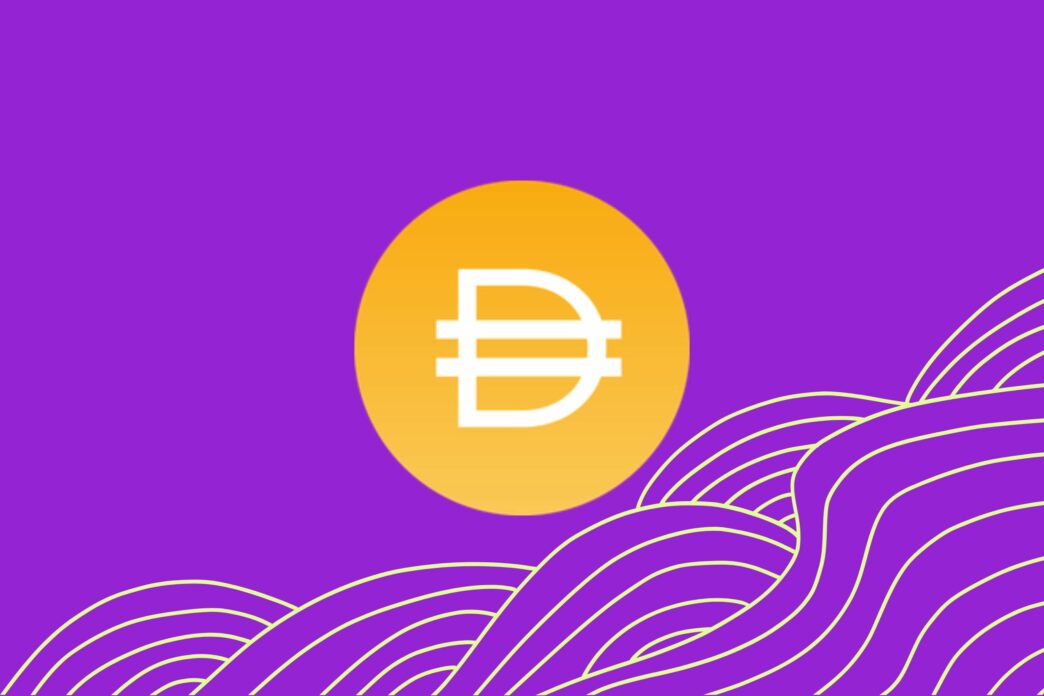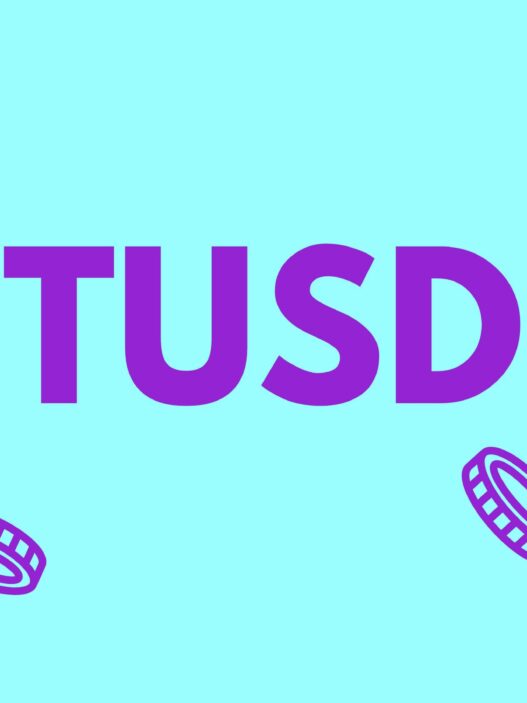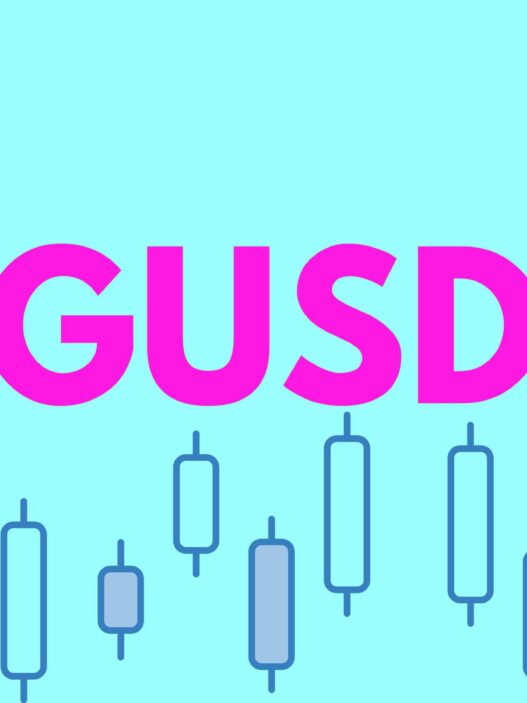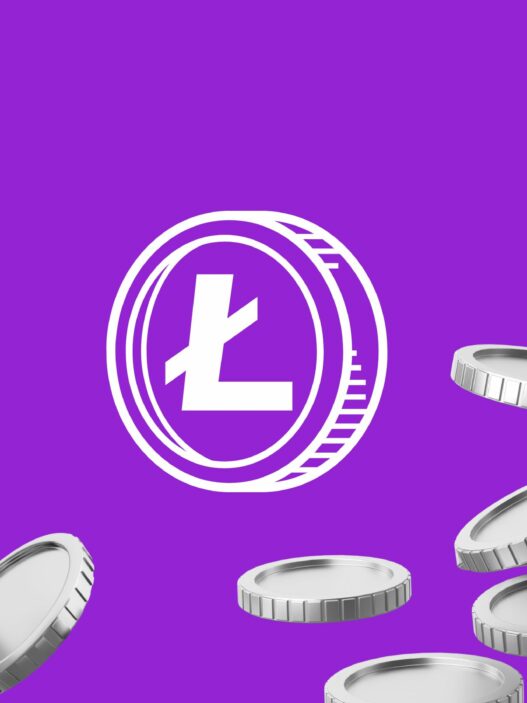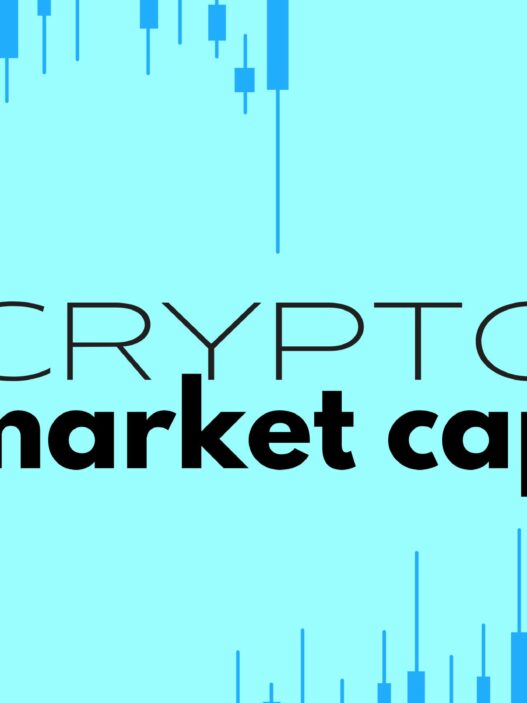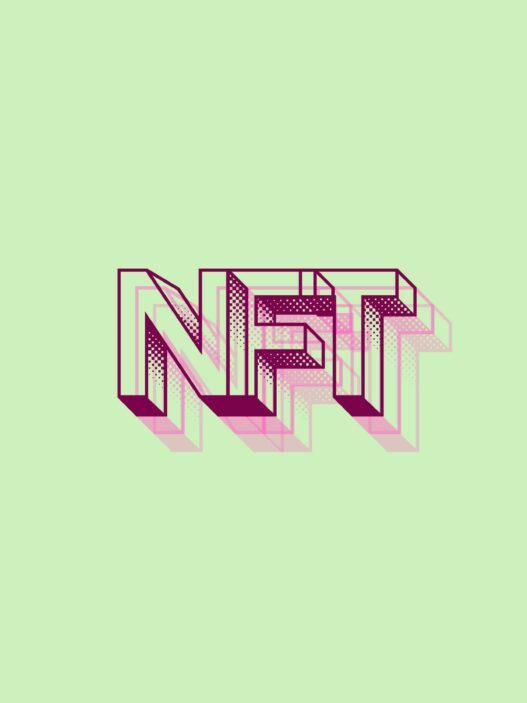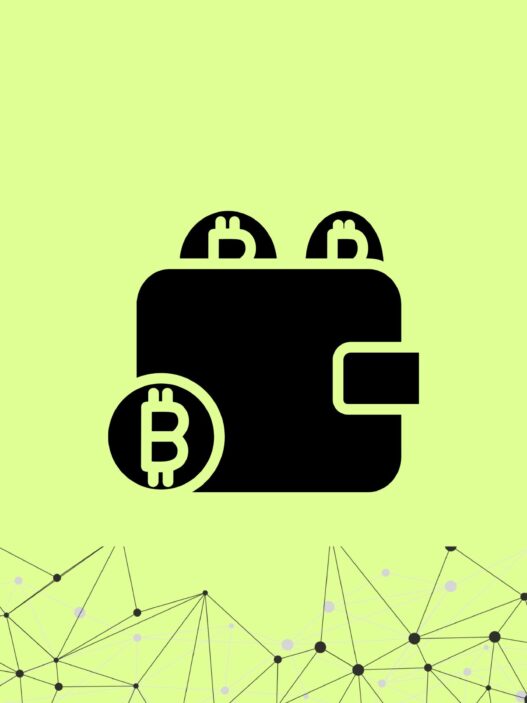DAI is a decentralized stablecoin designed to maintain a stable value relative to the US dollar while operating entirely on the blockchain. Unlike centrally controlled stablecoins like USDC and USDT, DAI is governed by the MakerDAO protocol, a decentralized autonomous organization (DAO) running on Ethereum. By using smart contracts and collateralized debt positions (CDPs), DAI ensures price stability without the need for a centralized authority.
First introduced by MakerDAO in 2017, DAI has become a cornerstone of decentralized finance (DeFi), allowing users to access stable digital currency without reliance on traditional banking systems. This article explores how DAI works, where to buy and sell it, and its most common applications in the crypto space.
The Origins of DAI and MakerDAO
MakerDAO was founded in 2014 by Rune Christensen with the goal of building a decentralized financial system. In 2017, MakerDAO introduced its governance token, MKR, which allows holders to vote on protocol changes, including collateral types, stability fees, and risk parameters.
DAI was officially launched in 2017 as the first decentralized stablecoin. Unlike traditional stablecoins that rely on fiat reserves, DAI is created through smart contracts that lock up cryptocurrency collateral, ensuring its value remains stable without direct reliance on a centralized entity.
How DAI Works
DAI is created through the Maker Protocol, which enables users to generate DAI by locking up collateral assets in smart contracts known as Maker Vaults. The key elements of DAI’s stability mechanism include:
- Collateralization: Users deposit accepted crypto assets (such as ETH, USDC, or WBTC) into a Maker Vault as collateral.
- Debt Issuance: The protocol mints DAI against the collateral, ensuring that the loaned amount remains over-collateralized.
- Stability Fees: Users pay a fee to maintain their DAI positions, preventing excessive risk in the system.
- Liquidation Mechanism: If collateral value drops below a safe threshold, the protocol liquidates the collateral to maintain system stability.
- Governance by MKR Holders: MKR holders vote on changes to the protocol, ensuring decentralized decision-making.
This system allows DAI to maintain a soft peg to the US dollar, ensuring price stability even during volatile market conditions.
Where to Buy and Sell DAI
DAI is widely available on both centralized and decentralized exchanges (DEXs). Some of the most popular platforms to buy and sell DAI include:
Centralized Exchanges (CEXs)
- Kraken: Offers fiat-to-DAI trading pairs and staking options.
- Binance: Provides DAI trading pairs with USDT, BTC, and ETH.
- Coinbase: Allows direct purchases using credit/debit cards and bank transfers.
- Bitstamp: Supports fiat conversions to and from DAI.
Decentralized Exchanges (DEXs)
- Uniswap: Users can swap DAI for any ERC-20 token.
- SushiSwap: Provides liquidity pools for DAI trading.
- Balancer and Curve Finance: Optimized for stablecoin trading with low slippage.
Peer-to-Peer (P2P) and DeFi Platforms
- Aave and Compound: Allow users to lend or borrow DAI with interest.
- MakerDAO Vaults: Users can generate DAI by locking up collateral.
- Crypto Wallets (MetaMask, Trust Wallet): Support for DAI storage and swaps.
The Most Common Use Cases for DAI
DAI has a wide range of applications, making it a vital asset in the crypto ecosystem. Some of its most common use cases include:
1. Decentralized Finance (DeFi)
- Used as collateral for loans on Aave, Compound, and MakerDAO.
- Provides liquidity in yield farming and liquidity pools.
- Reduces exposure to volatile crypto assets.
2. Cross-Border Payments and Remittances
- Offers a low-cost and fast alternative to traditional banking transfers.
- Used in developing economies for financial inclusion.
- Enables businesses to transact in stable digital currency.
3. Trading and Hedging
- Traders use DAI to hedge against market volatility.
- Provides a stable trading pair for cryptocurrencies.
- Offers arbitrage opportunities across different exchanges.
4. E-Commerce and Digital Payments
- Merchants accept DAI to avoid chargebacks and high transaction fees.
- Platforms like Shopify and OpenBazaar integrate DAI payments.
- Used in gaming and NFT marketplaces.
5. Savings and Yield Generation
- DAI holders can earn interest through DeFi platforms.
- Staking platforms offer incentives for holding DAI.
- Acts as a store of value in volatile markets.
Challenges and Criticisms of DAI
Despite its decentralized nature, DAI faces several challenges:
- Collateral Dependency: Requires over-collateralization, making it capital inefficient.
- Peg Stability Risks: May experience minor price fluctuations.
- Regulatory Uncertainty: Increased scrutiny on DeFi and stablecoins.
- Smart Contract Vulnerabilities: Potential risks from code exploits or governance attacks.
DAI stands out as a revolutionary stablecoin that combines decentralization, transparency, and stability. As a key player in the DeFi ecosystem, it provides users with a reliable digital asset for trading, lending, payments, and savings. With its continued adoption and governance improvements, DAI is poised to remain a fundamental component of the blockchain economy, offering a decentralized alternative to traditional financial systems.
